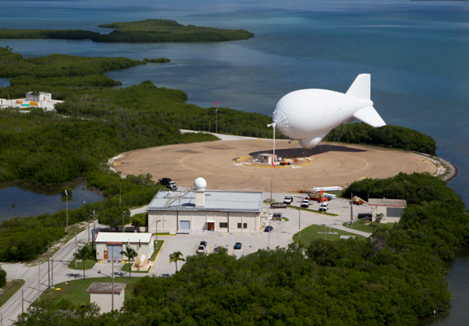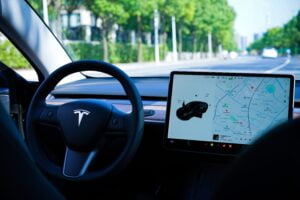Marine radar is a radar system used at sea to detect other sea vessels and sea obstacles to avoid them. It’s used to prevent any collision incidences at sea. Besides, its capability to detect features on land also makes it very useful in navigation. Therefore, marine radar is crucial in ensuring safety at sea.
Despite its impressive maritime capabilities, the use of marine radar can result in several errors and limitations. Most importantly, captains need to be wary of these errors and limitations to adjust measurements displayed accordingly for accurate decision-making purposes.
Errors of marine radar
- Index error
Distance between two points on a map can differ from that provided by radar. This variation in ranges is the index error. This error is usually detected when the ship is at an angle between two places.
- Double echoes
This error arises when some radio wave signals transmitted hit some parts of the vessel and are reflected in the receiver.
- Indirect wave error
Usually, radio waves emitted are expected to travel in a straight line towards the target object. However, due to the effects of the sea, transmitted waves can be deflected. Deflected wave signals take a longer time to return to the transmitter. This lag in signal transmission results in indirect wave error.
- Beamwidth error
The width of a radar beam being sent out differs from that of the beam that returns to the ship. The farther the beam moves away from the ship, the more it widens. The variations in width lead to distortion of the range of data collected. The error that arises from these beam width variations is the beam width error.
- Multiple echoes
Echoes of radio waves from different sea vessels and own ship can be misleading, especially when the display shows a more significant number of vessels than it is in reality. The error that occurs as a result of the reverberation of these signals is multiple echoes.
- Attenuation error
The strength of a wave signal transmitted from the radar gets weaker as it moves farther away from the ship. The absorption and dispersion of the wave in the atmosphere are what reduces its strength. Attenuation error is higher when the radio wavelength is short and the frequency is high.
Limitations of marine radar
- Input limitations from outside sources
The effectiveness of marine radars is also dependent on the information they receive from outside sources. Global Positioning System, satellites, compasses, et cetera, are some of these sources. However, these data sources may be defective and therefore feed inaccurate data into the marine data system. This unreliable information can, unfortunately, compromise the accuracy of information output from marine radar.
- Clutter
Unwanted echoes from the sea and precipitation may distort radar signals and limit the efficiency of marine radar. Captains at sea need to have reliable clutter control systems.
- Bearing limitations
A marine radar cannot distinguish between two separate vessels within the same distance range but with different bearing points.
- Distorted coastline
Marine radar can sometimes provide misleading information on the orientation of the coastline when a ship is approaching. A curved coastline can be interpreted as straight, and vice versa, which can be risky during anchoring.
The bottom line
Marine radar is a unique radar deployed at sea for detecting other water vessels and land features for safe navigation. Most importantly, they help in avoiding collision incidences with other sea vessels.
Marine radar technology has various errors, which range from index error, double echoes, multiple echoes, beamwidth error to attenuation error, to mention a few. Moreover, this radar system has several limitations: input limitations, bearing limitations, clutter, et cetera.





